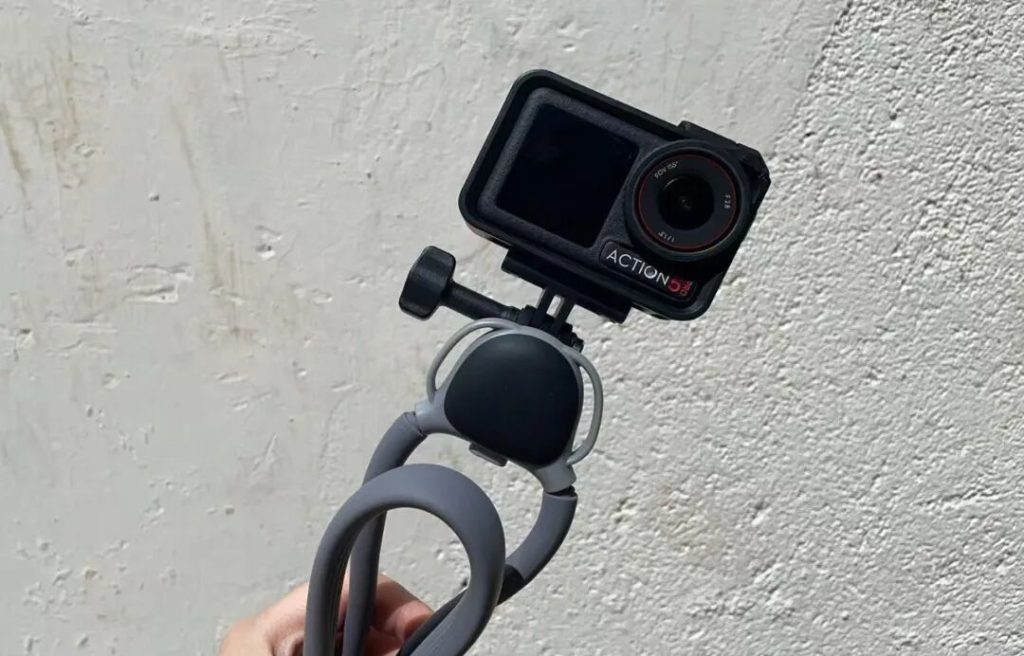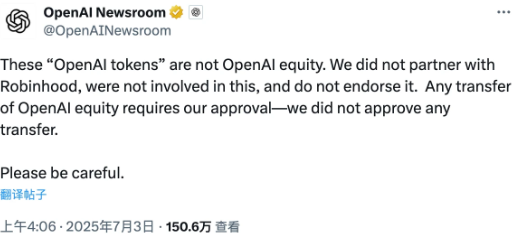
Positive Reviews: The Booming Rental of Action Cameras Reflects the Two – way Convergence of the “Right – of – Use Economy” and Consumption Upgrading
During the National Day holiday, the “order explosion” in the action camera rental market is not only a release of demand during the short – term tourist peak season but also reflects the profound transformation taking place in the Chinese consumer market – the transition from “possessive consumption” to “experiential consumption” and the upgrade from the “ownership economy” to the “right – of – use economy”. The positive significance of this phenomenon is manifested in at least the following three aspects:
I. Precisely Match User Needs and Lower the Usage Threshold of “Non – Essential” Equipment
The core usage scenarios of action cameras are concentrated in high – frequency but non – daily scenarios such as outdoor sports and travel photography. For ordinary consumers, buying an action camera priced between 2000 and 3000 yuan may face the pain point of “low usage frequency and high probability of idleness”. For example, user Song Song chose to buy an action camera for underwater shooting, while user Luo Luo chose to rent one due to the battery – consumption problem of the mobile phone. In essence, both are precise responses to “scenario needs”. The rise of the rental model precisely solves this contradiction: users only need to pay a daily rent of dozens of yuan to obtain the right to use professional equipment, avoiding the cycle of “high – price purchase – low – frequency use – idle waste”. Meituan data shows that the search volume of “action camera rental” increased by 91% week – on – week in the week before the National Day, and users aged 20 – 35 accounted for nearly 80%. The dual pursuit of “cost – effectiveness” and “sense of experience” by this group is the underlying logic for the explosion of the rental model.
II. Promote the Efficient Use of Resources and Fit the Concepts of Circular Economy and Sustainable Development
In the traditional consumption model, the “ownership” and “right of use” of equipment are highly bound, resulting in a large amount of resources being wasted due to idleness. The booming action camera rental is essentially a sharing economy model that transforms “idle assets” into “mobile resources”. For example, platforms such as Kamo Rental and Lantu Rental improve the utilization frequency of a single device from “used several times a year by an individual” to “used multiple times a month by the platform” through centralized procurement, unified maintenance, and time – sharing rental, significantly improving resource utilization. The financial reports of manufacturers such as Insta360 also confirm this trend – the revenue of its action camera product line increased by more than 50% year – on – year, which is not only due to the launch of new products but also closely related to the brand exposure and user education brought about by the expansion of the rental market. This “asset – light” consumption method is highly consistent with the circular economy and green consumption concepts advocated by the state, providing a new model for the sustainable development of the retail industry.
III. Stimulate the Market through Rental and Form a Benign Cycle of “Experience – Conversion”
Rental is not only a tool to meet short – term needs but also becomes an “entry point for user education” for manufacturers and merchants. The case of Benjamin Camera Store is quite representative: by opening rental stores in scenic areas, users can “conveniently” experience the equipment while traveling. If they are satisfied with the image quality and portability, they may directly become purchasing customers. This “try – before – buying” model reduces the user’s decision – making cost and also improves the merchant’s conversion rate. Data shows that the revenue of Insta360’s Ace Pro series products increased nearly four times within a year. In addition to the product’s own strength, the “grass – planting” effect of the rental market cannot be ignored. For manufacturers, the rental platform is equivalent to a free “off – line experience store”. Through the actual use feedback of users, they can also optimize product design (such as waterproof performance and operational convenience) in reverse, forming a closed – loop of “demand – R & D – sales”.
Negative Reviews: Behind the Booming Rental Market, Hidden Concerns and Challenges Cannot Be Ignored
Although the “explosive growth” of action camera rental is exciting, as a new business form, it is still in the early stage of development, and the exposed problems and potential risks need to be vigilant.
I. Insufficient Service Standardization and Hidden Risks in User Experience
The core of the rental economy is “trust”, but the service standardization level of the current market still needs to be improved. For example, as mentioned in the news, some platforms have “empty warehouses” and “no availability for temporary orders”. Although this reflects strong demand, it may also lead to users “unable to rent” or “delayed receipt” due to chaotic inventory management; there is also a lack of unified standards for the newness of the equipment and the integrity of its functions (such as battery life and completeness of accessories), and users may face the risk of “renting a defective product”. In addition, the opacity of rules such as deposit refund and damage compensation may lead to disputes. For example, if a user rents an action camera and the equipment is accidentally damaged during use, unclear responsibility division between the platform and the user may easily lead to a breakdown of trust.
II. Large Demand Fluctuations and Pressure on Platform Operational Stability
The “seasonal” feature of action camera rental is significant – the demand peaks during long holidays such as the National Day and the Spring Festival, while the daily demand may drop significantly. For example, a staff member of Lantu Rental mentioned that “the number of National Day orders is three or four times that of normal days”, but during non – holiday periods, the equipment idleness rate may rise. This “pulsatile” demand poses challenges to the platform’s inventory management, capital turnover, and personnel allocation: if the platform over – expands its procurement during the peak season, it may face capital chain pressure during the off – season; if it purchases conservatively, it may miss the peak – season dividends. In addition, the profit model of the rental platform relies on “high – frequency turnover”. If the user repurchase rate is insufficient (such as users choosing to buy the equipment after renting), the long – term profit space may be limited.
III. Lagging Supervision and Loopholes in User Rights Protection
As a new business form, the rental economy still lacks targeted supervision rules. For example, there are no unified standards for the safety performance of the equipment (such as whether the waterproof grade meets the standard), hygiene standards (such as the cleaning of equipment shared by multiple people), and data privacy (such as whether the equipment retains the shooting content of the previous user). Some platforms may purchase second – hand equipment or reduce maintenance investment to cut costs, resulting in damage to user rights. In addition, the cooperation between rental platforms and insurance companies is not yet common, and the compensation process after equipment loss or damage may be lengthy, resulting in high user rights – protection costs.
IV. Potential Impact on Manufacturers’ Direct Sales
Although “rental promoting purchase” is the mainstream, the expansion of the rental market may also divert some “hesitating users” – users who originally might have bought the equipment may choose long – term rental due to a good rental experience or give up buying because the rental cost is lower than the purchase cost (such as the annual rent being lower than the total price of the equipment). For example, the price of a DJI Osmo Pocket 3 is about 3000 yuan. If a user rents it 10 times a year (3 days each time), the total rent is about 330 yuan, far lower than the purchase cost. In the long run, if the rental penetration rate is too high, it may affect the manufacturers’ direct sales revenue, forcing manufacturers to adjust their pricing strategies or establish deeper cooperation with rental platforms (such as customizing rental – specific models).
Suggestions for Entrepreneurs: To Seize the “Right – of – Use Economy” Opportunity, One Needs to Cultivate the “Long – Termism” Inner Strength
The booming action camera rental is the result of the combined effect of consumption upgrading and technological innovation. It not only meets the users’ demand for “precise experience” but also promotes the efficient use of resources and industrial model innovation. However, for the long – term development of the rental economy, entrepreneurs still need to continuously deepen their efforts in services, operations, compliance, etc., and transform the “short – term opportunity” into “long – term value”.
I. Strengthen Service Standardization and Build User Trust
Rental platforms need to establish a full – process standard from equipment procurement, maintenance, and cleaning to delivery and after – sales. For example, clearly define the grading of the equipment’s newness such as “95% new” and “90% new” and publicize the inspection reports; provide “damage – free insurance” to reduce users’ concerns about use; optimize logistics and distribution to ensure “immediate rental and immediate delivery”. Benjamin Camera Store opening its stores in scenic areas is essentially to enhance trust through “off – line experience + immediate delivery”. This “online platform + off – line store” model is worth learning from.
II. Balance Peak and Off – Peak Demand and Expand Diversified Scenarios
To address the problem of demand fluctuations, entrepreneurs can expand niche scenarios during non – holiday periods. For example, cooperate with enterprises to provide action camera rental for team – building and conference activities; cooperate with schools and training institutions for students’ practical activities and photography courses; develop long – term packages such as “weekly rental” and “monthly rental” to cover high – frequency users such as Vlog bloggers and self – media creators. In addition, they can explore “rental + content services”, such as providing shooting tutorials and post – production editing guidance, to enhance user stickiness.
III. Deepen Cooperation with Manufacturers and Build a Closed – Loop of “Rental – Sales – Recycling”
Rental platforms can establish in – depth cooperation with action camera manufacturers. On the one hand, they can reduce costs through bulk procurement; on the other hand, they can obtain official after – sales support (such as equipment repair and firmware upgrade). At the same time, they can jointly launch “rental – to – purchase” discounts (such as using the rent to offset part of the purchase price) to convert rental users into direct consumers. In addition, the platform can expand the second – hand equipment recycling business, refurbish the eliminated equipment and put it back into the rental market, forming a cycle of “new product rental – second – hand recycling – refurbished and rented again” to increase the profit space.
IV. Pay Attention to Policies and User Needs and Plan for Compliance in Advance
Entrepreneurs need to closely monitor regulatory dynamics and actively participate in the formulation of industry standards (such as equipment testing, data clearing, and privacy protection) to avoid being “banned” due to compliance issues. At the same time, they need to continuously pay attention to user feedback. For example, the preference of young users for “lightweight” and “intelligent” equipment (such as action cameras supporting AI editing) can be used to cooperate with manufacturers to customize rental models and enhance differentiated competitiveness.
Conclusion: The booming action camera rental is the result of the combined effect of consumption upgrading and technological innovation. It not only meets the users’ demand for “precise experience” but also promotes the efficient use of resources and industrial model innovation. However, for the long – term development of the rental economy, entrepreneurs still need to continuously deepen their efforts in services, operations, compliance, etc., and transform the “short – term opportunity” into “long – term value”.
- Startup Commentary”The Incomplete Evolution History of Bathing Centers”
- Startup Commentary”Starting from 358,800 yuan, Maserati Slashes Prices Drastically to Survive”
- Startup Commentary”Monopoly: Always the Best Business”
- Startup Commentary”A PE Giant Spent $6.6 Billion on a Crematorium”
- Startup Commentary”In a Low-Sports Year, Social Assets Still Hold Great Value”





